From the Castle
Deep Science
At the recent Smithsonian Folklife Festival, NASA astronaut Loren Shriver was asked what struck him most about Earth from space: "When you're circling the Earth every 90 minutes, what becomes clearest is that it's mostly water; the continents look like they're floating objects." We should actually think of the oceans as the ocean, since they are one interconnected global system. The ocean is essential to all life; it shapes our climate and weather through an intricate pattern of currents and heating and cooling mechanisms that we are only now beginning to understand. But the ocean is showing alarming strains caused by pollution, overfishing, invasive species and climate change.
These are some of the important issues that visitors to the new Sant Ocean Hall at the National Museum of Natural History will learn about. This spectacular hall will open on September 27 and will be the largest exhibition at NMNH. Benefactor (and Regents chair) Roger Sant explains that it "will help us understand the role we all can play in preserving the ocean for generations to come." Visitors will be immersed in scenes of ocean life as they watch high-definition movies on multiple screens high overhead. "Science on a Sphere" will project satellite data onto a large globe developed by the hall's major partner, the National Oceanic and Atmospheric Administration. Visitors will also join scientists on a virtual submersible tour of the deep ocean. A 45-foot model of a North Atlantic right whale will look down on a giant squid, a coral reef aquarium and a display highlighting NMNH's vast marine collections. A magnificent book with 320 pictures and 28 maps, Smithsonian Ocean: Our Water, Our World, by acclaimed science and nature writer Deborah Cramer, is being published in conjunction with the opening of the new hall.
Another new NMNH exhibition is "U.S. states and territories. "Dig It!" continues through January 3, 2010, then travels to cities across America. I welcome you to these remarkable exhibitions about topics critical to our future as a species.
G. Wayne Clough is Secretary of the Smithsonian Institution.
/https://tf-cmsv2-smithsonianmag-media.s3.amazonaws.com/accounts/headshot/wayne-clough-240.png)
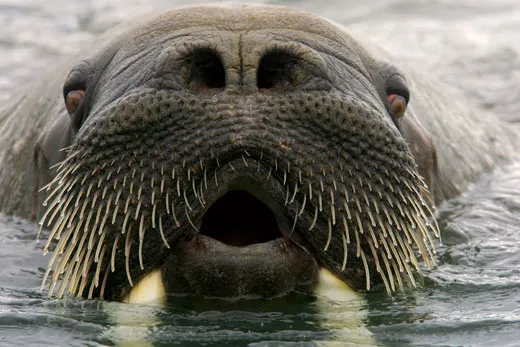
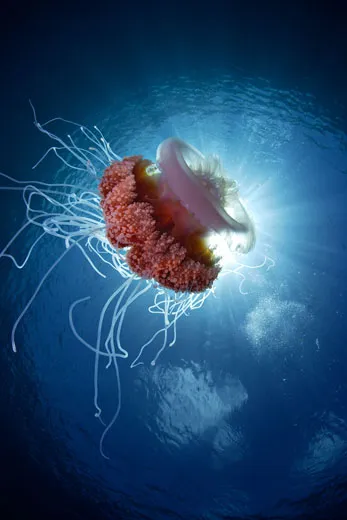
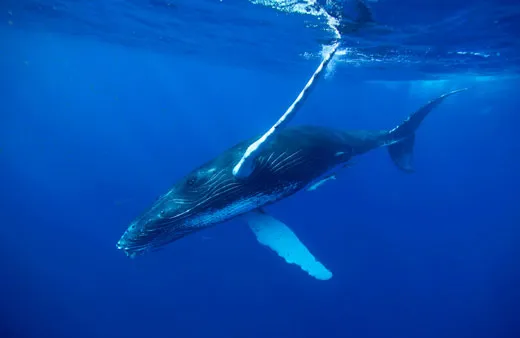
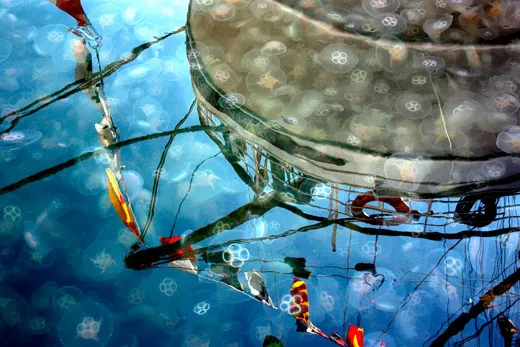
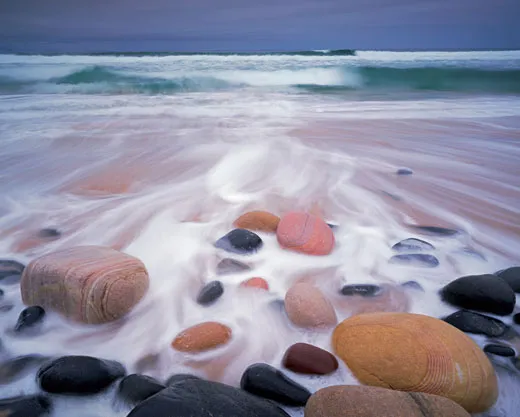
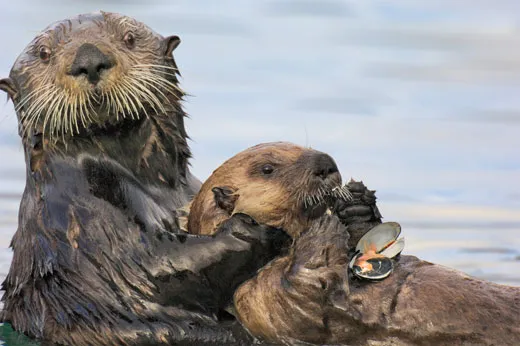
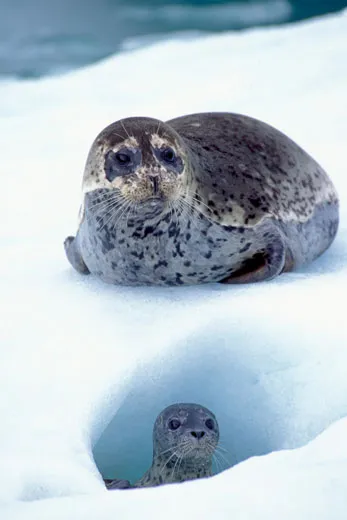
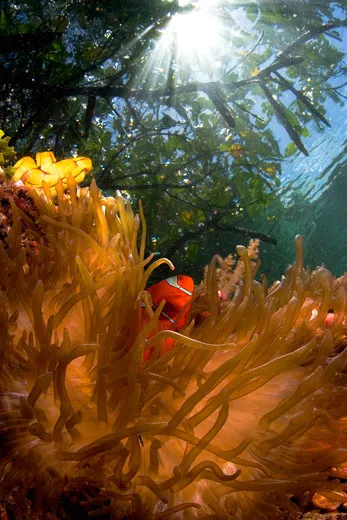
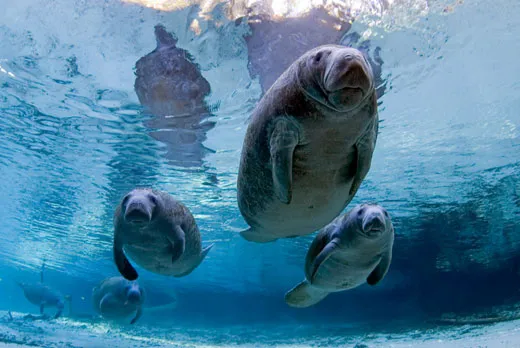
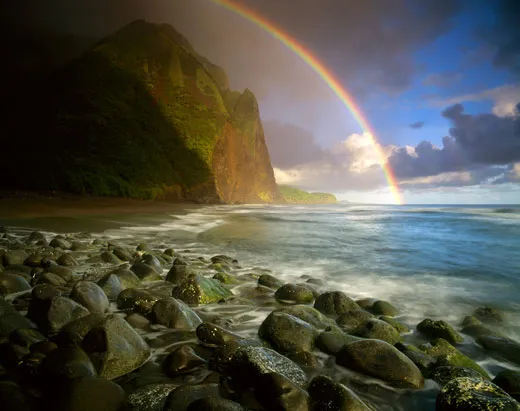
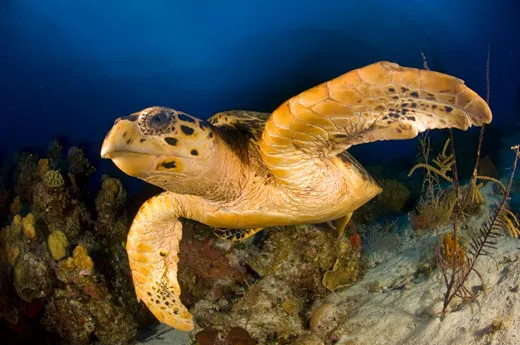
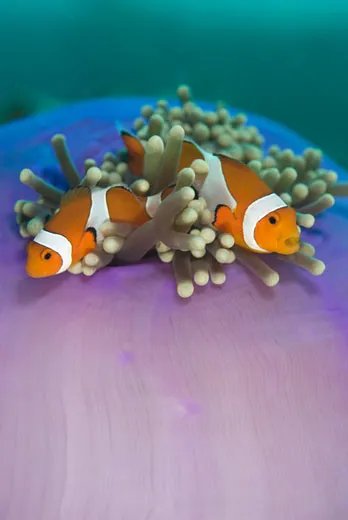
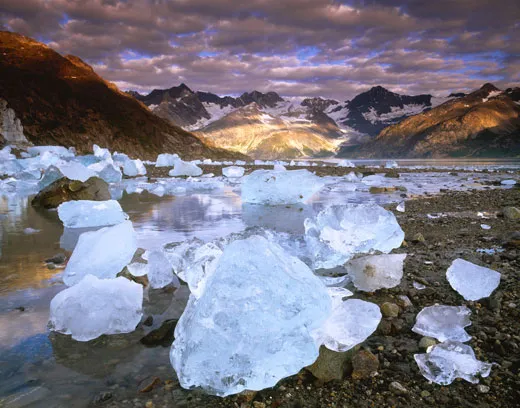
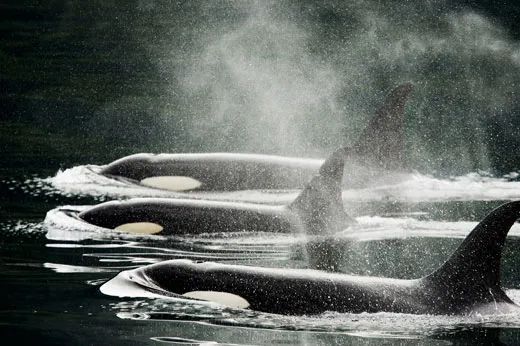
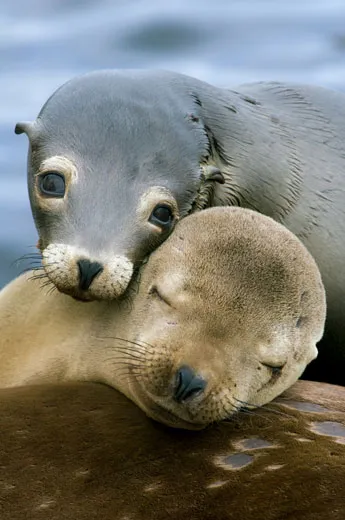
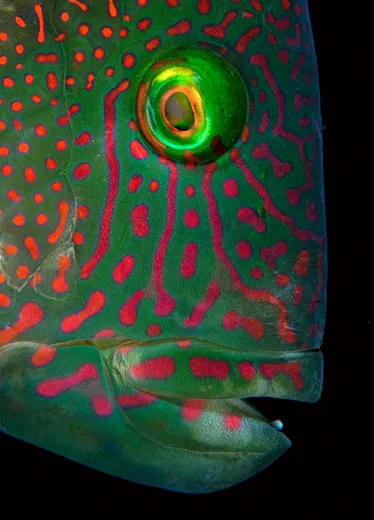
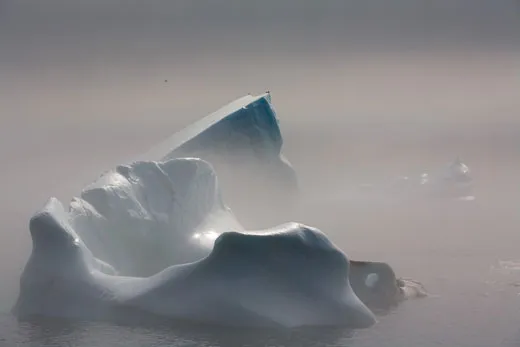
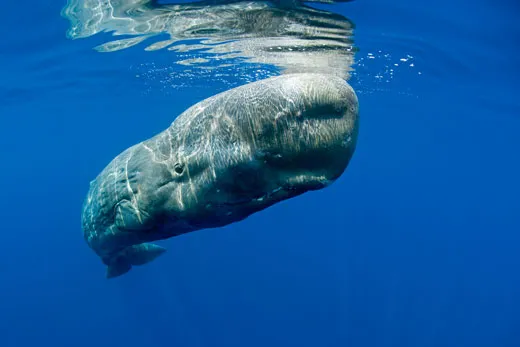

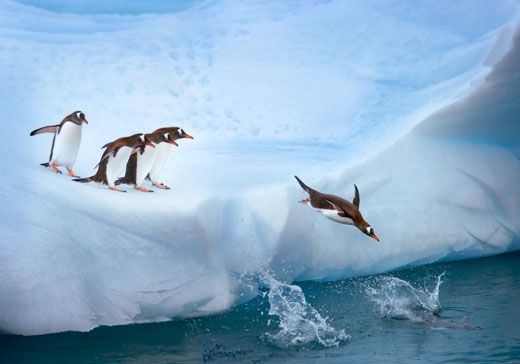
/https://tf-cmsv2-smithsonianmag-media.s3.amazonaws.com/accounts/headshot/wayne-clough-240.png)